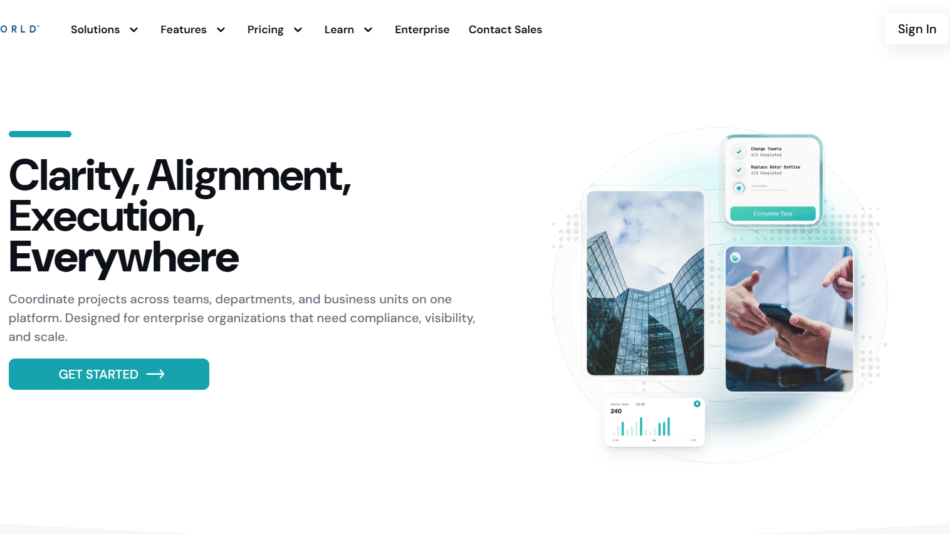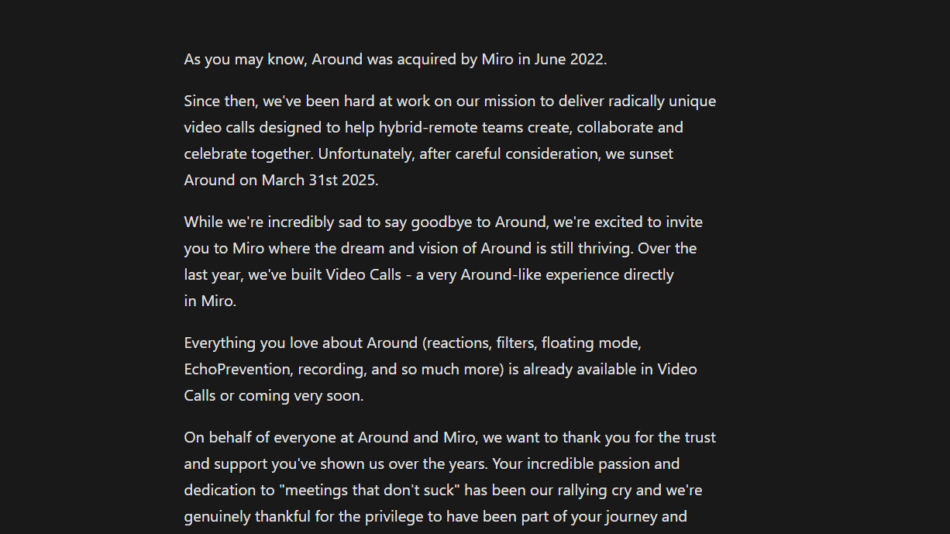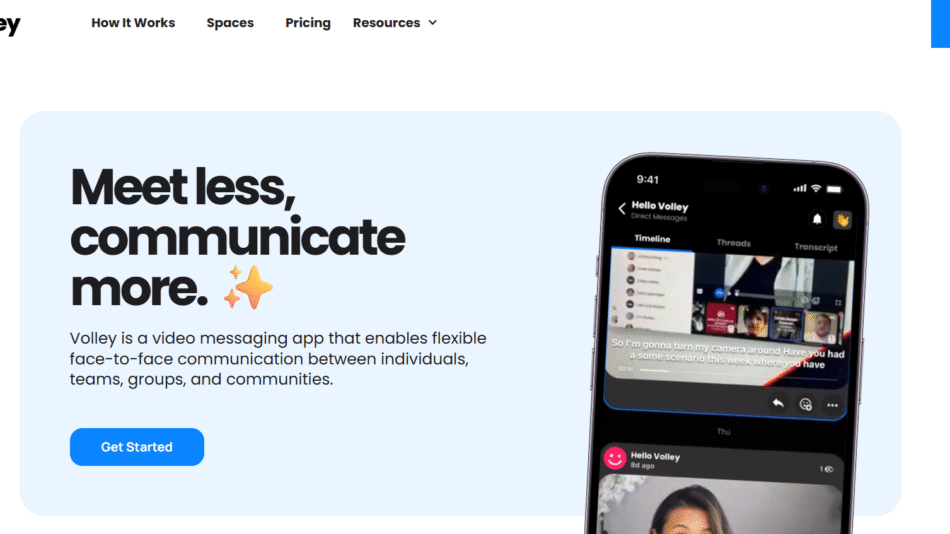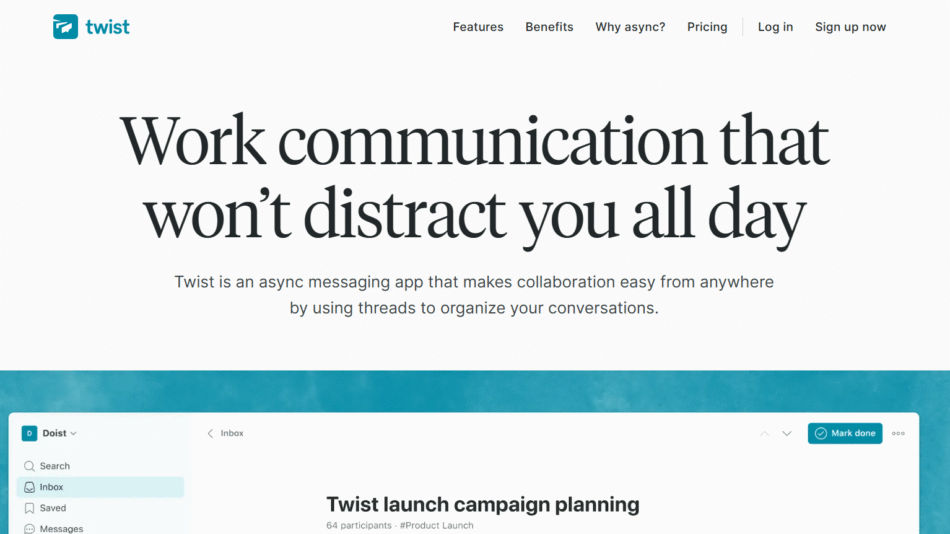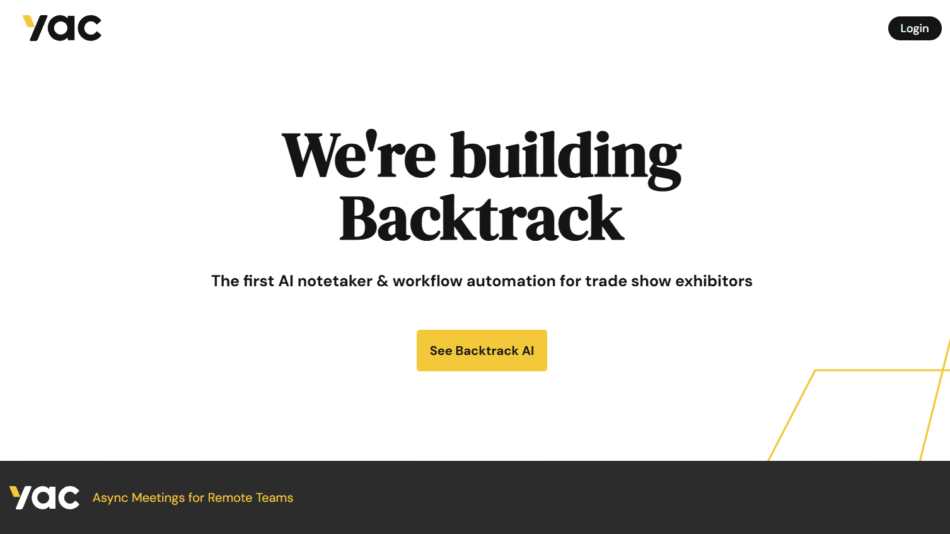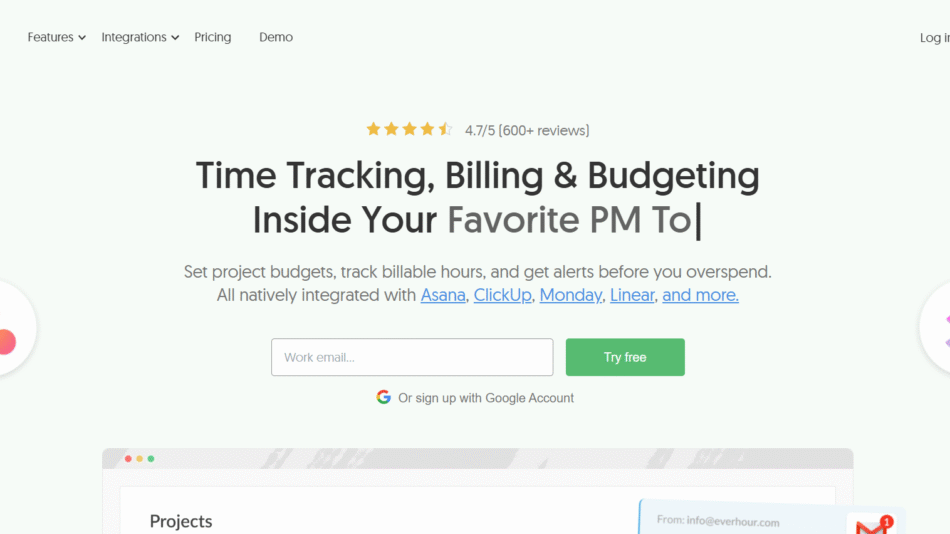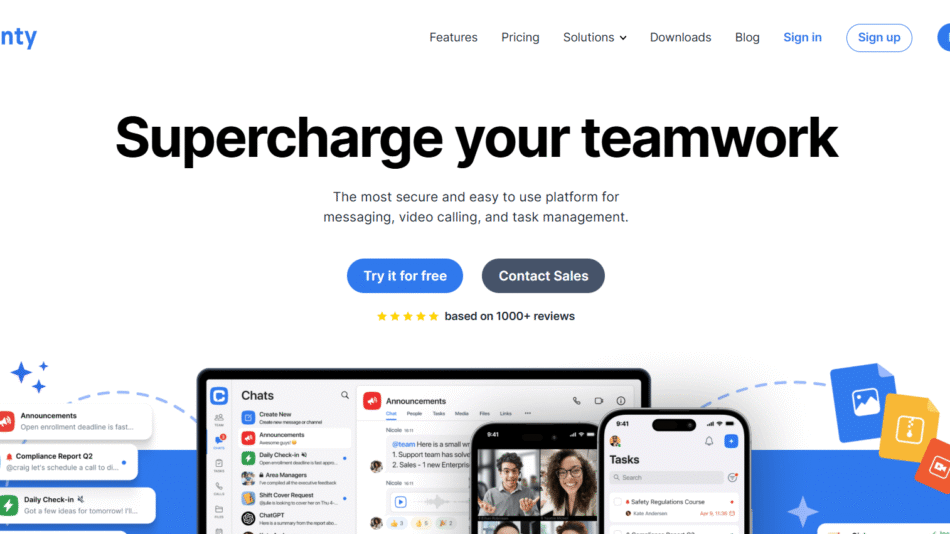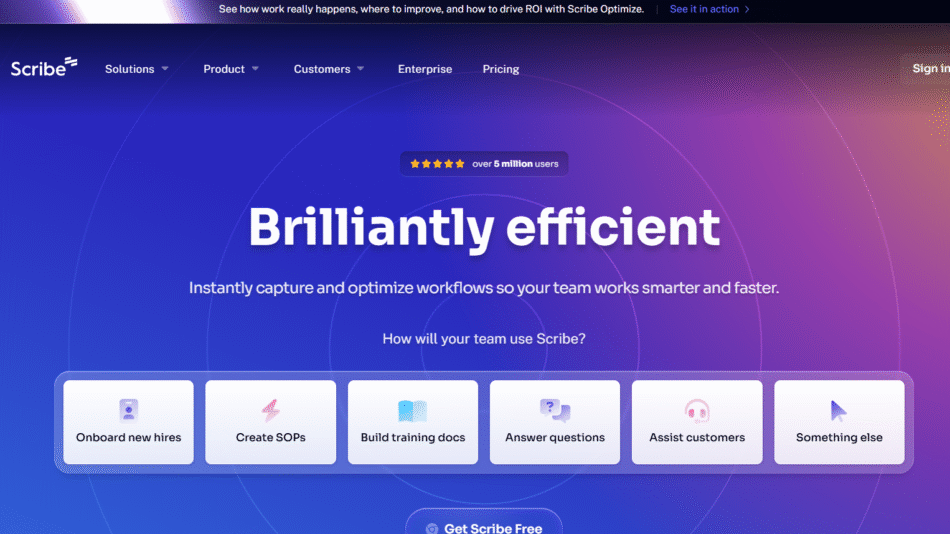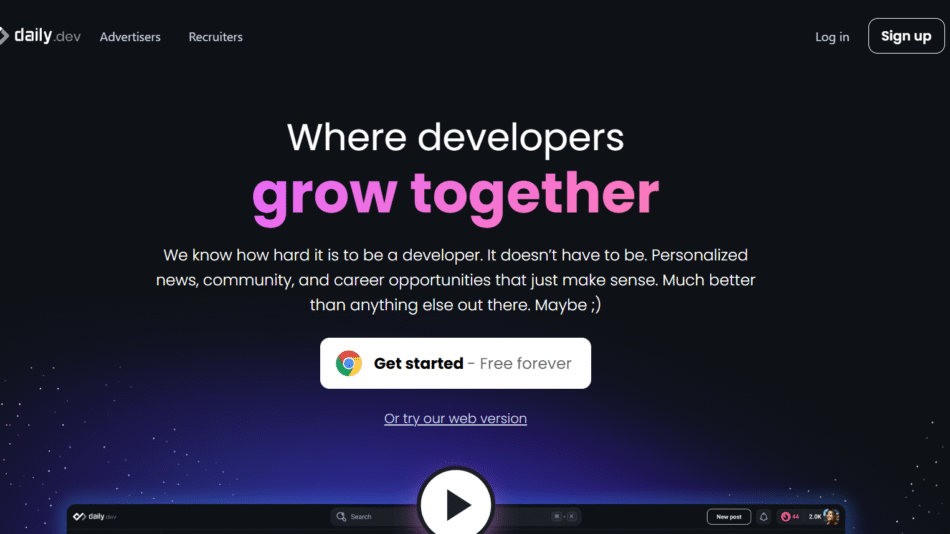Ema AI is an intelligent team productivity platform that uses autonomous AI agents to streamline workflows, automate repetitive tasks, and manage knowledge across tools. Designed for modern teams juggling multiple tools and communication channels, Ema acts as an AI-powered teammate that can execute tasks, answer questions, and manage information seamlessly.
Unlike traditional automation tools or basic bots, Ema uses advanced large language models (LLMs) to understand context, coordinate actions, and work across platforms like Google Workspace, Slack, Notion, and more. It helps teams reduce manual work, stay aligned, and focus on high-impact activities by embedding AI directly into their existing workflows.
Features
Ema AI comes with a robust set of features that make it a powerful assistant for cross-functional teams.
Autonomous AI agents: Ema agents can perform end-to-end tasks like scheduling meetings, summarizing documents, updating CRMs, or managing content.
Multi-tool integration: Seamlessly connects with tools like Slack, Notion, Google Workspace, GitHub, Salesforce, and more.
Natural language interface: Interact with Ema using plain English via chat, making it easy for anyone to delegate work.
Workflows and automations: Build automated workflows that Ema agents can execute without constant supervision.
Knowledge base management: Ema can store, retrieve, and reference information across documents, messages, and tools.
Personalized agents: Each team or user can have their own custom-configured agent with specific skills and access permissions.
Secure and compliant: Enterprise-grade security, including SOC 2 compliance, ensures data privacy and integrity.
Real-time collaboration: Agents can be looped into team conversations on Slack to assist in real time.
Learning from your data: Ema agents get smarter by learning from team processes and adapting to changing needs.
How It Works
Ema AI functions as a system of autonomous agents that interact with your team and tools in natural language. After connecting Ema to platforms like Slack or Notion, users can interact with it as they would with a human assistant. By typing commands like “Schedule a meeting with the design team next week” or “Summarize this Notion doc,” users activate Ema’s language model-powered capabilities.
Ema then interprets the request, accesses the appropriate tools, and completes the task automatically. For example, it can extract context from calendar invites, combine it with recent project discussions, and generate summaries or update workflows accordingly.
Teams can configure workflows that Ema automates regularly, such as weekly reporting, pipeline updates, or ticket routing. The agents operate proactively and are context-aware, meaning they understand team goals, recent actions, and document references, making them more effective over time.
Use Cases
Ema AI supports a wide range of use cases across different teams and industries.
Product teams using Ema to track feature updates, automate roadmap documentation, and summarize user feedback.
Operations teams managing onboarding checklists, recurring tasks, and vendor follow-ups.
Sales teams automating CRM updates, meeting scheduling, and pipeline reporting.
Marketing teams generating campaign briefs, summarizing research, and coordinating cross-platform publishing.
Customer support teams integrating ticket systems, FAQ knowledge bases, and escalation workflows.
Engineering teams coordinating project updates, managing sprint tasks, and syncing documentation across tools.
Executives using Ema to prepare status reports, organize meetings, and surface key metrics.
Pricing
As of June 2025, Ema AI offers early access through a waitlist system and does not list public pricing on its website. Interested teams can apply for onboarding by contacting the Ema team through ema.co.
While pricing details are not publicly disclosed, the product is positioned for fast-scaling teams and enterprise customers, suggesting a premium SaaS pricing structure with tiered access depending on integrations, usage volume, and number of agents.
To get custom pricing or request a demo, users must fill out a form on the official site.
Strengths
AI agents handle tasks autonomously across multiple tools.
Natural language interface reduces learning curve.
Context-aware capabilities improve task execution and recommendations.
Enterprise-grade security with SOC 2 compliance.
Highly customizable with role-based agent configuration.
Built for real-time team collaboration, especially in Slack environments.
Saves time by automating multi-step workflows.
Drawbacks
Pricing not publicly available, which may hinder evaluation.
Currently in early access; limited availability to the general public.
Learning curve for configuring complex workflows or custom agents.
Heavy reliance on integration quality with third-party tools.
Requires buy-in from teams to maximize value and adoption.
Comparison with Other Tools
Ema AI distinguishes itself from other productivity tools by combining the power of large language models with automation. Compared to tools like Zapier or Make, which require rule-based automation logic, Ema uses natural language and AI reasoning to handle tasks flexibly.
Unlike chatbots like Slackbot or Intercom, which operate on pre-programmed responses, Ema agents are autonomous and capable of reasoning through tasks based on real-time context. Compared to project management platforms like Asana or ClickUp, Ema doesn’t replace those tools but works alongside them to automate updates, fetch data, and summarize progress.
It also provides deeper utility than ChatGPT-style assistants by integrating into team workflows and handling real actions—not just conversations.
Customer Reviews and Testimonials
As Ema AI is currently in limited release, public testimonials are minimal. However, early users highlighted on the Ema website describe meaningful productivity improvements and enhanced team collaboration.
One early adopter from a product-led startup shared:
“Ema saves us hours every week by managing updates, reporting, and team coordination. It’s like hiring a full-time chief of staff who never sleeps.”
A sales manager reported:
“Instead of jumping between Salesforce, Google Calendar, and Slack, I just tell Ema what I need and it handles the rest.”
As adoption grows, further customer case studies and feedback are expected across fast-scaling companies and remote teams.
Conclusion
Ema AI represents a new generation of workplace productivity tools, driven by autonomous AI agents that actively participate in team workflows. It offers an intelligent, context-aware solution to help teams save time, reduce tool overload, and automate routine tasks with natural language.
With its ability to integrate across a wide range of tools, operate securely at the enterprise level, and continuously adapt to how teams work, Ema is positioned to become a valuable teammate for organizations focused on operational efficiency and AI transformation.
While currently in early access, Ema’s approach shows strong potential to reshape how teams collaborate and get things done using AI. For businesses ready to offload busywork to intelligent agents, Ema is a platform worth watching closely.

